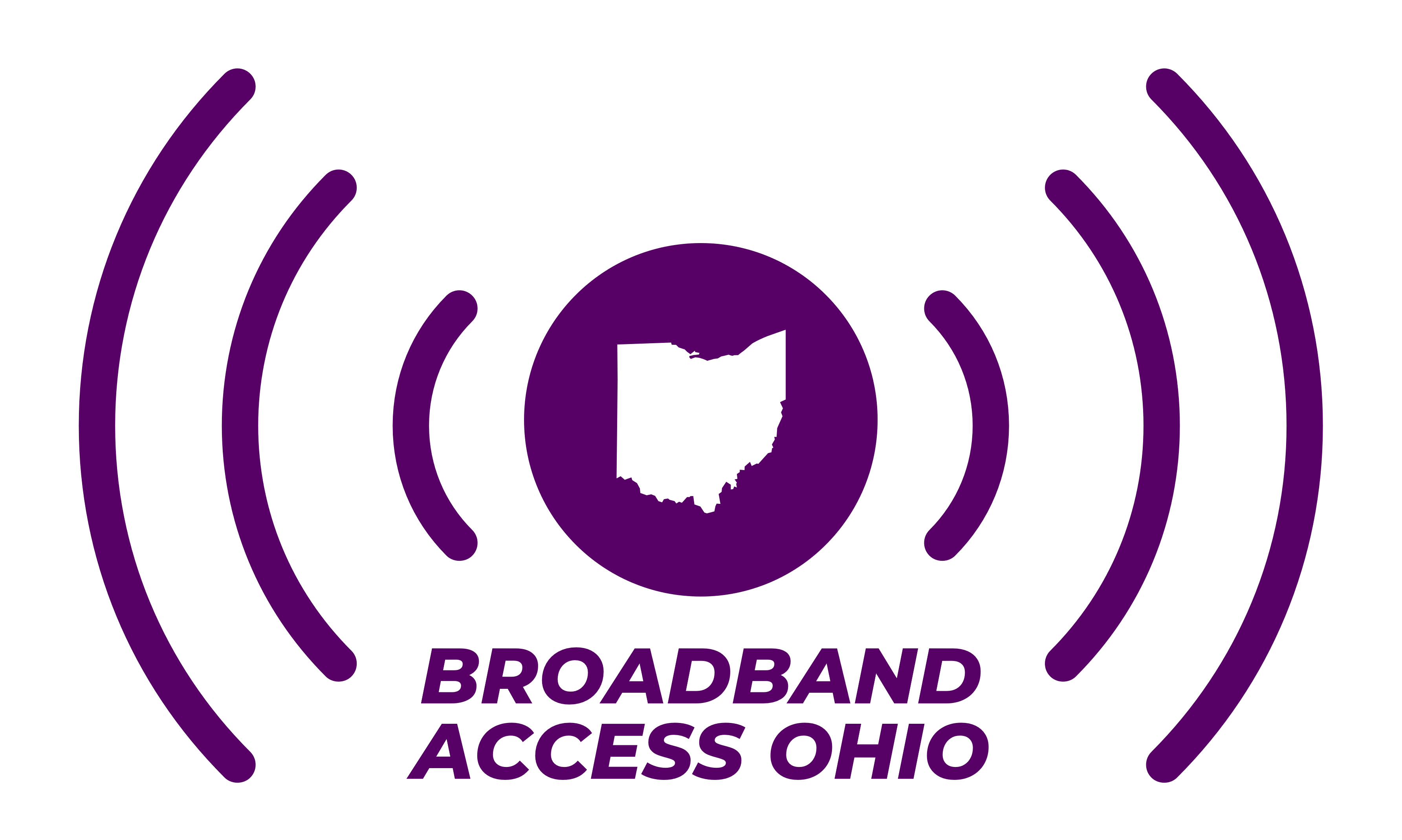Can millions of dollars in investments bridge Ohio’s digital divide?
These days, high speed internet is needed for everything from virtual doctor’s appointments to homework, but lots of Ohioans don’t have access to it.
A recent analysis of Broadband Ohio’s data found that in the majority of Ohio counties, less than half of populated areas had broadband access.
And the discrepancy between rural and urban areas is stark.
98% of households in Franklin County, home to Columbus, are connected to broadband, but just 12% of households in Monroe County, on the eastern edge of the state, can say the same, according to the analysis.
“It’s really unfortunate that we have as many counties as we have that the access is poor,” said Geoff Andrews, chairman of Broadband Access Ohio, an organization that supports high speed internet access across the state.
The digital divide
Andrews says several factors contribute to the rural-urban digital divide.
The hilly topography of Southeast Ohio, for example, makes it difficult to connect more remote residents.
But private internet companies have another incentive to stick to the cities.
“Companies that provide broadband, their motivation is to return value to their shareholders,” Andrews said. “And so they’re going to put broadband where they have the most dense population because that’s the cheapest way to get a lot of broadband customers.”
Because of this, Andrews says public-private partnerships are imperative to expanding broadband access to all corners of the state.
“The innovation and the drive of the private sector are really important,” he said. “But at the same time, the communities, the townships, the counties, the cities that know their residents and know their needs, have to be an integral part so that it will actually meet the needs of the local communities and the local areas.”
Efforts to expand broadband access
Across Ohio, some of these partnerships are taking root, as the federal and state governments pour millions of dollars into broadband expansion.
One of the largest investments, announced in June, is nearly $794 million from the Bipartisan Infrastructure Law’s Broadband Equity, Access, and Deployment program, also known as BEAD.
That’s expected to bring high speed internet to 183,000 Ohio households.
Other million dollar grants and loans to expand broadband in Ohio include:
- $21 million ReConnect loan from the Department of Agriculture to expand rural broadband in Sandusky and Ottawa counties
- $77.5 million through the Ohio Residential Broadband Expansion Grant Program to fund last-mile broadband infrastructure projects
- $85 million through Ohio’s Appalachian Community Innovation Campuses Program, which helps Appalachian communities construct health, education and return-to-work sites with internet access
Can the combination of these efforts level the playing field of broadband in Ohio?
Not without more time, and even more money, according to Andrews.
“Think back to how electricity and telephones and mail and all of those things got distributed in this country so that everybody got those services,” Andrews said. “I think broadband is going to be the next utility that we have to get to every residence in Ohio. It’s really not a choice.”
“If we want Ohioans to be able to compete with other states, with other countries and participate in the 21st century economy, there’s no question that we need to have access to broadband.”

Recent Comments